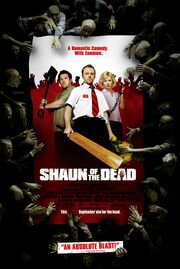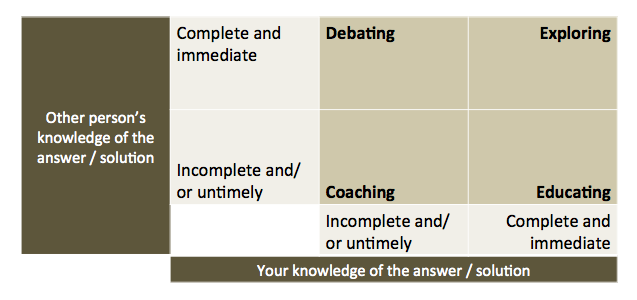Increasing teams and departmental performance – isn’t this why most organizations adopt the Agile principles?
Although there might be other reasons, many of the organizations we work with aim to increase their teams’ performance. I recently read The Carrot Principle – How the Best Managers Use Recognition to Engage Their People, Retain Talent, and Accelerate Performance – to see how recognition may help increase teams’ performance.
While many organizations still believe an above average salary is enough to keep people motivated, salary alone is not a good motivator. As Daniel Pink described, above an acceptable base salary, salary no longer is a good motivator. As such, managers often look for alternate ways to keep their team motivated.
The fact is that money is not as powerful a reward as many people think. While pay and bonuses must be competitive to attract and retain talented employees, small amounts of cash – anything short of $1,000 – will never make the best rewards because they are so easily forgotten – The Carrot Principle.
Recognition is deemed an important source of motivation and is usually used to maintain a low employee turnover rate and, increase employees’ performance and business results. Many organizations who adopt Agile practices recognize that it is increasingly difficult to attract top talents and in order to remain competitive, they should focus on increasing the performance of their existing work force.
Engaged employees demonstrate: innovation and creativity, take personal responsibility to make things happen, desire to contribute to the success of the company and team, have an emotional bond to the organization and its mission and vision.
U.S. Department of Labor statistics show the number one reason people leave organization is that they “don’t feel appreciated” – The Carrot Principle.
The book relies on surveys done by HealthStream Research and supported by data from Towers and Perrin. Below are some of the conclusions derived from the data:
- Companies that effectively recognize excellence enjoy an ROE (return on equity) three times higher than the return experienced by firms that do not;
- Companies that effectively recognize excellence enjoy an ROA (return on assets) three times higher than the return experienced by firms that do not;
- Companies in the highest quartile of recognition of excellence report an operating margin of 6.6 percent, while those in the lowest quartile report 1 percent.
The authors point out that to be impactfull recognition should be combined with what they call the basic four areas of leadership:
- Goal Setting: defining the purpose of a task and tying it to a desirable end result
- Communication: discussing issues and sharing useful information with employees, welcoming open discussions
- Trust: keeping his word and owning up to his mistakes, maintaining a high ethic and positively contributing to the reputation of the organization
- Accountability: ensuring people deliver on their commitments.
Recognition can take many forms but whatever it is, the best reward is always personal and tailored to employees interests and lifestyle, given by a manager who cares enought to find out what motivates each individual - The Carrot Principle.
Finally, the book presents four levels of recognition:
- Day-to-Day recognition: low-cost but high touch recognition such as Thank You notes to encourage small steps leading toward success
-
Above-and-Beyond recognition: provide a structured way to reward significant achievments that support the company’s core values
- Bronze: to recognize on-time above and beyond related to core values
- SIlver: reward on-going above and beyond behaviors for consistently demonstrating company’s values
- Gold: behaviors that produce bottom-line results
- Career recognition: recognize people on the anniversary of their hire
- Celebration and events: celebrate successful completion of key projects or new product launches.


 After giving this introduction training to over a hundred people managers, I have decided to make the presentation material available to the general public in an attempt to help organizations successfully transition to Agile.
After giving this introduction training to over a hundred people managers, I have decided to make the presentation material available to the general public in an attempt to help organizations successfully transition to Agile.

Recent Comments